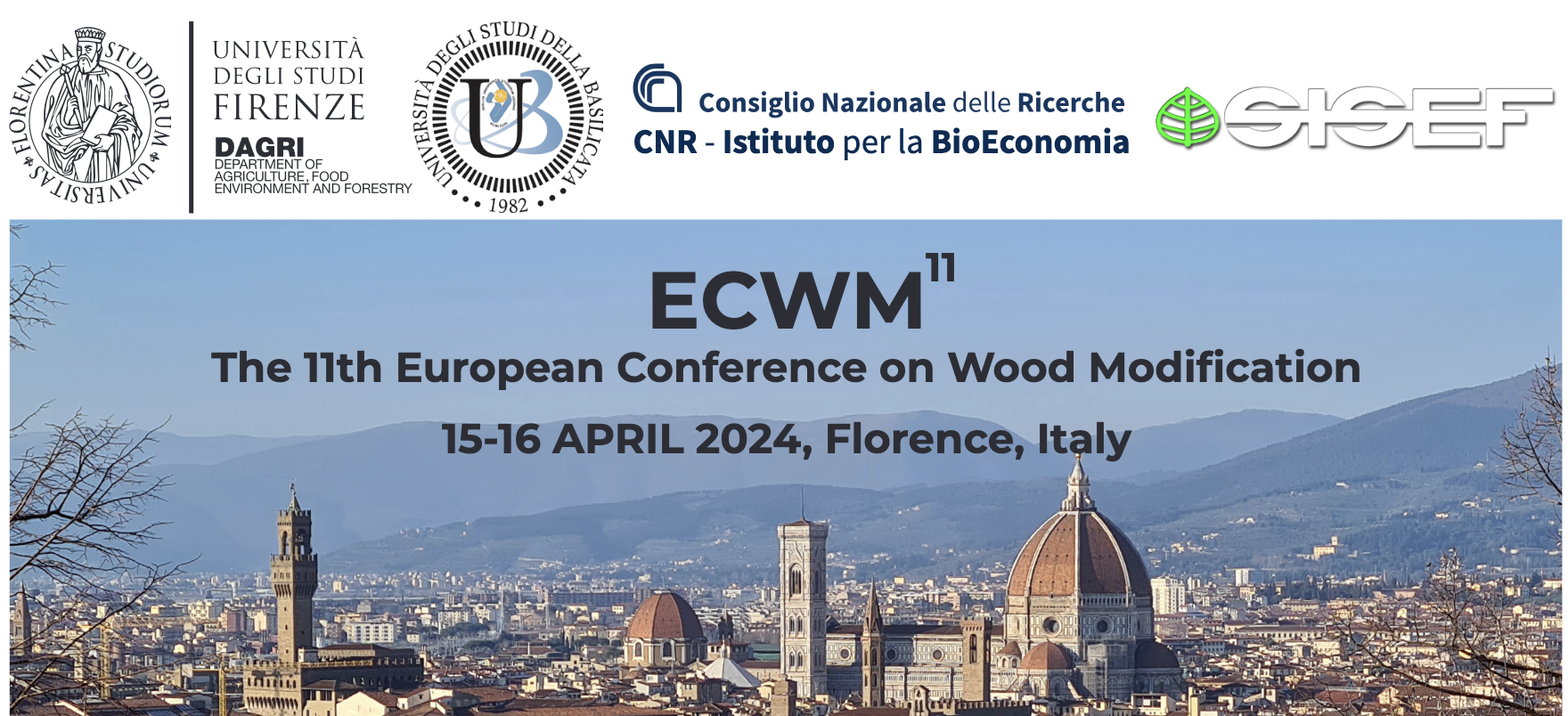
The
working group WG2 "Wood Treatments" of the UNI Technical Commission 022 "Wood", coordinated by the CATAS expert Dr Elena Conti, has undertaken the drafting of a guideline for the application of the European standard
EN 460:2023 "Durability of wood and wood-based products - Guidance on performance".The EN 460 standard provides guidance on the selection of wood and wood-based products to be used in situations where they may be subject to degradation by fungi, insects and other wood decay organisms.
The project proposed by the working group was approved by the commission in view of the extensive use of the EN 460 standard as
a transversal document, cited in many other standards and specifications for wood durability requirements, among all the
EN 1995-1-1, Eurocode 5: "Design of timber structures - Part 1-1: General - Common rules and rules for buildings".
The main benefit expected from the publication of this document is to facilitate the use of EN 460:2023 in the national context.
What's new?The previous edition of the standard (EN 460:1994) provided a practical tool for choosing the most suitable wood species for a given end use based on the durability class of the wood and the use class of the wooden product, that is the use situation in relation to the risk of humidification (indoor, outdoor, in contact with the ground, etc.). In practice, by combining the durability class with the use class, the standard indicated for which end use the application of a preservative treatment to the wood was necessary, recommended or not necessary.
The current standard overcomes the concept that durability, either natural or enhanced by preservative treatments or wood modification techniques, can alone determine the service performance of wood products and introduces a series of other factors that can influence the service life of wooden elements and structures. These include design, workmanship, maintenance, exposure to different climatic situations and the relevance of the main wood decay agents in the installation area.
In practice, the service life is no longer assessed only based on the intrinsic resistance of the wood material, but also on
the primary influence of external factors on the finished product. The standard outlines the steps of the decision-making process, where each of these factors is considered to select the most suitable solution to meet the user's needs.
The reason why the working group WG2 decided to undertake the drafting of an interpretative document of EN 460:2023 is that the standard refers to the use of national standards or guidelines at many points in the decision-making process. Indeed, the standard provides a framework in which the definition of categories such as exposure, design, service life and risk of decay can be done on a country-by-country basis depending on the requirements of each individual country. It is therefore useful to detail in a guideline the relevant technical and regulatory documents existing at national level and, in the absence of these, to provide useful indications for the application of the standard on the basis of the state of the art known to experts in the sector.
The subjects potentially interested in consulting this document are designers, specifiers, and in general all the operators in the wood sector.
The working group involved in this project encourages the contribution of these subjects to the drafting of the document through their participation in the standardization activity of UNI, the Italian standardization body.
For information:
Elena Conti
+39 0432 747219
conti@catas.com
11th European Conference on Wood Modification (ECWM) Florence (ITALY) on 15-16 April 2024
The conference provides a forum where researchers, companies and stakeholders can discuss and update on developments in this rapidly evolving field. The conference will cover all forms of modification including thermal, oleothermal, thermo-hydro-mechanical, chemical and impregnation modifications, as well as emerging technologies such as microwave, plasma and enzymatic modification.
Check out
the schedule.


 The working group WG2 "Wood Treatments" of the UNI Technical Commission 022 "Wood", coordinated by the CATAS expert Dr Elena Conti, has undertaken the drafting of a guideline for the application of the European standard EN 460:2023 "Durability of wood and wood-based products - Guidance on performance".
The working group WG2 "Wood Treatments" of the UNI Technical Commission 022 "Wood", coordinated by the CATAS expert Dr Elena Conti, has undertaken the drafting of a guideline for the application of the European standard EN 460:2023 "Durability of wood and wood-based products - Guidance on performance".